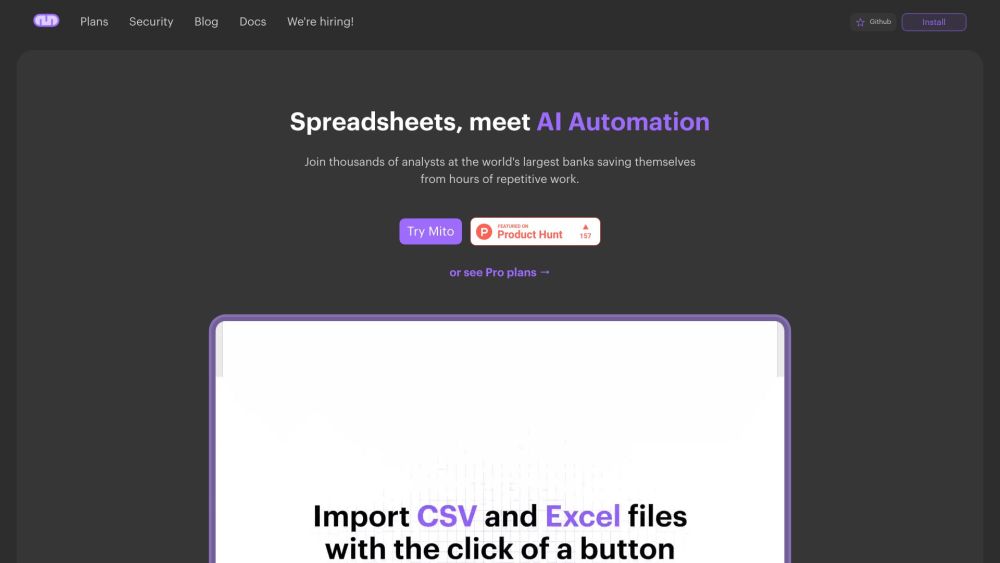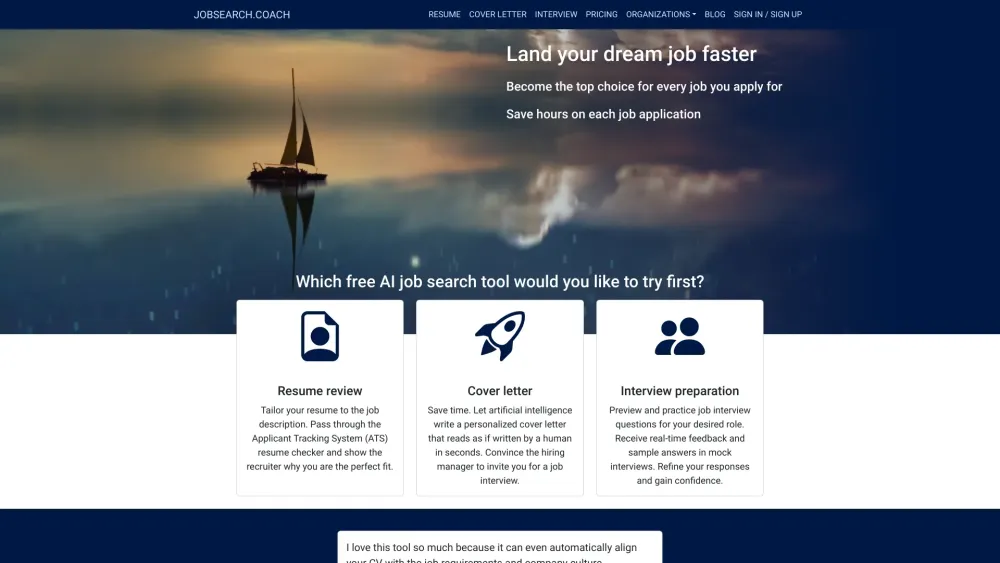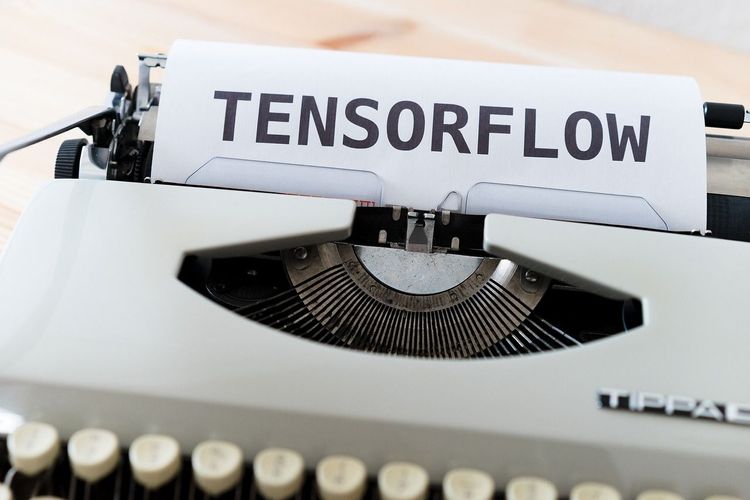OpenAI's groundbreaking AI venture, named “Sora,” represents a significant advancement in technology. This innovative text-to-video AI model has just launched a limited user test phase, showcasing its remarkable capabilities through several AI-generated videos that are astonishingly realistic.
Sora is designed to transform text prompts into vivid video scenes. OpenAI demonstrates this with videos displayed on its website, revealing the impressive results. The prompts offered to Sora are concise yet descriptive; users who have engaged with ChatGPT may notice that Sora can produce results from shorter prompts. For example, to create the video featuring woolly mammoths, Sora needed just a 67-word prompt detailing the animals, their environment, and camera angles.
According to OpenAI, “Sora can generate videos up to a minute long while preserving high visual quality and aligning with user prompts.” The AI is capable of crafting intricate scenes populated with numerous characters, diverse settings, and realistic motions. OpenAI notes that Sora can interpret and infer additional context from the prompts it receives.
The company emphasizes that “the model understands not only the user’s requests but also how these elements exist in the real world.” Sora excels not just in rendering characters and backgrounds but also in creating “engaging characters that convey rich emotions.”
Moreover, Sora has the functionality to extend existing videos or fill in gaps, as well as generate videos from images, showcasing flexibility beyond just text prompts. While the still images are stunning, the videos are truly captivating in motion. OpenAI has highlighted an array of generated videos, from Cyberpunk-inspired Tokyo streets to “historical footage” of California during the Gold Rush era, along with an extreme close-up of a human eye. The prompts provided encompass a variety of themes, from animated scenes to wildlife photography.
Despite its impressive capabilities, Sora does have limitations. Some videos exhibit imperfections, such as figures in crowds lacking heads or exhibiting unnatural movement. These awkward motions may not be immediately noticeable but become apparent upon closer inspection.
It may take time before Sora is available to the general public. Currently, the model is undergoing testing by a select group of red teamers to evaluate potential risks, while a number of content creators are also beginning to explore its features in these early development stages.
As AI technology continues to evolve, expectations for performance can often be low. Yet, whether it’s due to modest expectations or Sora’s advanced capabilities, the initial impressions are both impressive and concerning. In a world where distinguishing reality from illusion is increasingly challenging, the implications of this technology extend beyond just images—now videos are also at risk. Sora isn't the first initiative in the text-to-video domain; models like Pika have emerged as well.
Concerns regarding this technology are echoed by popular tech YouTuber Marques Brownlee, who remarked on Twitter that “if this doesn’t concern you at least a little bit, nothing will” in relation to the Sora demonstrations.
If OpenAI’s Sora is already achieving this level of sophistication, it’s intriguing to think about its potential after further development and testing over the coming years. While such technology could disrupt various job markets, the hope is that, similar to ChatGPT, it will be integrated alongside human expertise.





